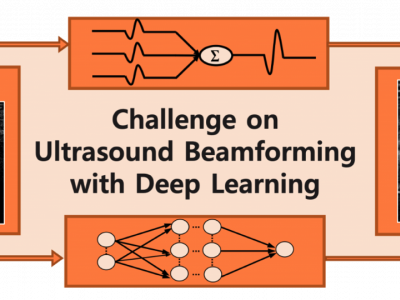Machine Learning
The proliferation of IoT systems, has seen them targeted by malicious third parties. To address this challenge, realistic protection and investigation countermeasures, such as network intrusion detection and network forensic systems, need to be effectively developed. For this purpose, a well-structured and representative dataset is paramount for training and validating the credibility of the systems. Although there are several network datasets, in most cases, not much information is given about the Botnet scenarios that were used.
- Categories:
 21129 Views
21129 ViewsOne of the major research challenges in this field is the unavailability of a comprehensive network based data set which can reflect modern network traffic scenarios, vast varieties of low footprint intrusions and depth structured information about the network traffic. Evaluating network intrusion detection systems research efforts, KDD98, KDDCUP99 and NSLKDD benchmark data sets were generated a decade ago. However, numerous current studies showed that for the current network threat environment, these data sets do not inclusively reflect network traffic and modern low footprint attacks.
- Categories:
 8433 Views
8433 ViewsThe dataset consists of 60285 character image files which has been randomly divided into 54239 (90%) images as training set 6046 (10%) images as test set. The collection of data samples was carried out in two phases. The first phase consists of distributing a tabular form and asking people to write the characters five times each. Filled-in forms were collected from around 200 different individuals in the age group 12-23 years. The second phase was the collection of handwritten sheets such as answer sheets and classroom notes from students in the same age group.
- Categories:
 663 Views
663 ViewsThe year 2018 was declared as "Turkey Tourism Year" in China. The purpose of this dataset, tourists prefer Turkey to be able to determine. The targeted audience was determined through TripAdvisor. Later, the travel histories of individuals were gathered in four different groups. These are the individuals’ travel histories to Europe (E), World (W) Countries and China (C) City/Province and all (EWC). Then, "One Zero Matrix (OZ)" and "Frequency Matrix (F)" were created for each group. Thus, the number of matrices belonging to four groups increased to eight.
- Categories:
 448 Views
448 ViewsAs one of the research directions at OLIVES Lab @ Georgia Tech, we focus on the robustness of data-driven algorithms under diverse challenging conditions where trained models can possibly be depolyed. To achieve this goal, we introduced a large-sacle (1.M images) object recognition dataset (CURE-OR) which is among the most comprehensive datasets with controlled synthetic challenging conditions. In CURE
- Categories:
 1882 Views
1882 ViewsAs one of the research directions at OLIVES Lab @ Georgia Tech, we focus on the robustness of data-driven algorithms under diverse challenging conditions where trained models can possibly be depolyed. To achieve this goal, we introduced a large-sacle (~1.72M frames) traffic sign detection video dataset (CURE-TSD) which is among the most comprehensive datasets with controlled synthetic challenging conditions. The video sequences in the
- Categories:
 5077 Views
5077 ViewsAs one of the research directions at OLIVES Lab @ Georgia Tech, we focus on the robustness of data-driven algorithms under diverse challenging conditions where trained models can possibly be depolyed.
- Categories:
 3923 Views
3923 ViewsThis dataset includes all letters from Turkish Alphabet in two parts. In the first part, the dataset was categorized by letters, and the second part dataset was categorized by fonts. Both parts of dataset includes the features mentioned below.
-
72, 20 AND 8 POINT LETTERS
-
UPPER AND LOWER CASES
The all characters in Turkish Alphabet are included (a, b, c, ç, d, e, f, g, ğ, h, ı, i, j, k, l, m, n, o, ö, p, r, s, ş, t, u, ü, v, y, z).
- Categories:
 1276 Views
1276 Views








